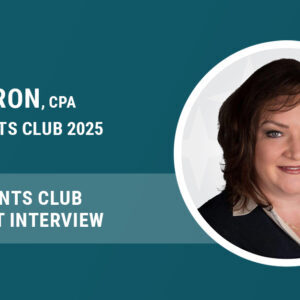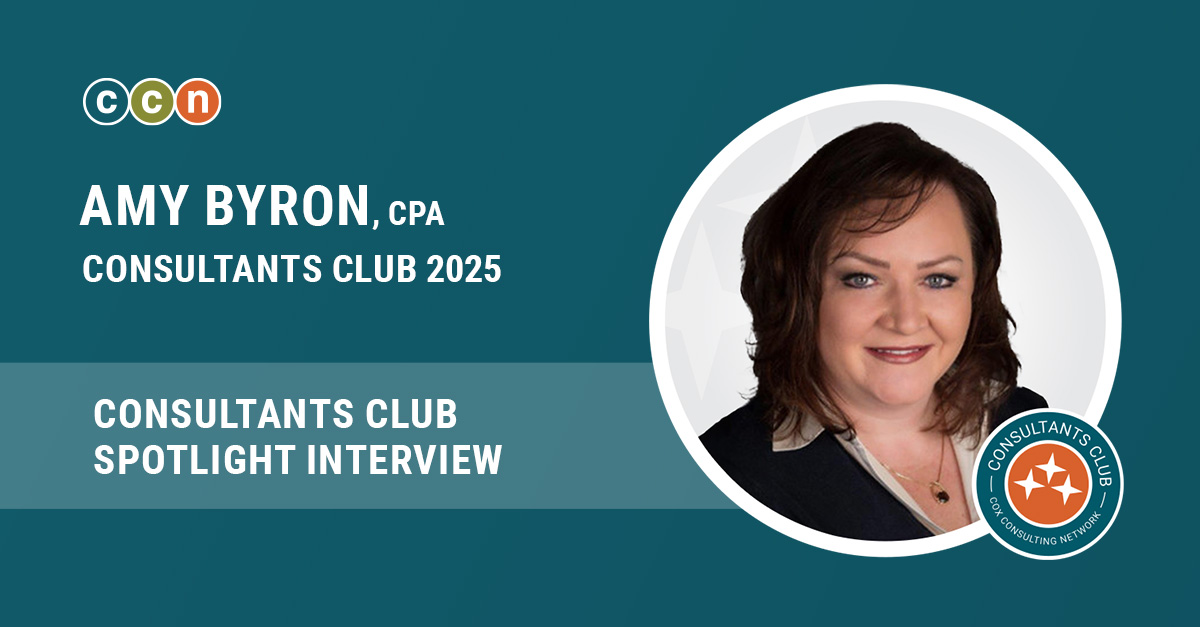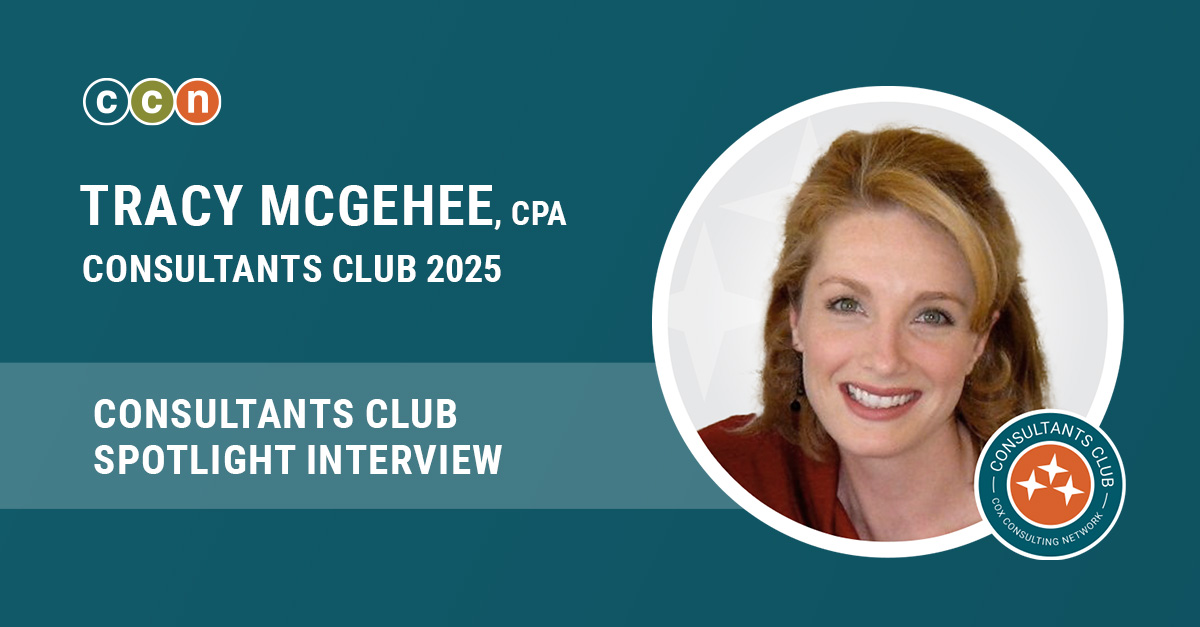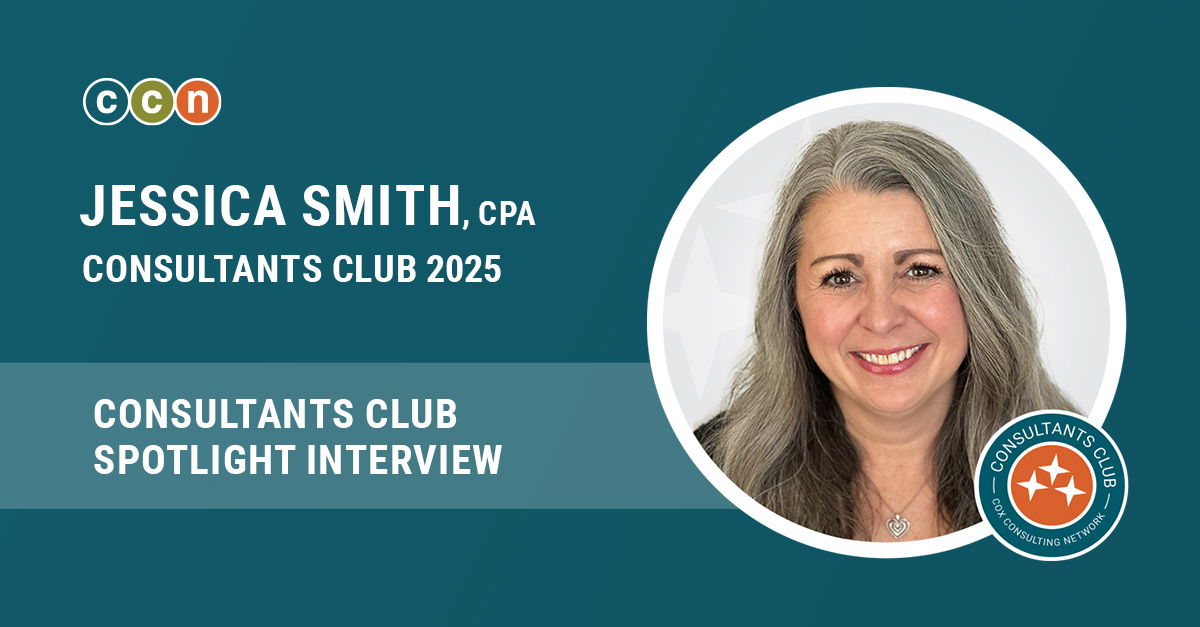5 Tactics CFOs Can Use to Prepare for Market Uncertainty
Many experts say a full-blown recession is “almost certainly” coming within the next 12 months. What does this mean for businesses’ finance and accounting teams? CCN’s leadership weighs in on several important things CFOs can do now to prepare for a season of market uncertainty.
#1. Scrub your SG&A
You can’t always control your revenue, but you can manage your expenses. That’s business 101. When things get tight, many companies jump straight to layoffs, but is that really the best way to cut costs?
Step one is to scrub your SG&A. Even $250 and $500 recurring monthly fees add up. What can come off your OpEx? Make sure someone in your company is getting value from every charge.
“When I worked for a PE group, every time we acquired a company, we’d find several small monthly charges to the credit card. Nobody knew what they were because the person who initiated them was long gone. Somebody had to call each vendor and the credit card company to get the charges cancelled. It’s tedious, but when you add it all up, it can be a lot of money!”
Megan Cox-Artemis
Engaging an external consultant can bring a fresh perspective to cleanup efforts. Administrative personnel will often approve recurring charges because they look familiar. They might not understand what it is, but they have been seeing it since day one. A consultant will scrutinize every line item.
Of course, nobody wants to take time out of their day to call the credit card companies and track down each vendor. This is a perfect one-time project for an external consultant.

#2. Truly understand your costs
Cost studies and forecasting become even more critical amid market uncertainty.
How much of your costs are direct expenses versus indirect labor and overhead? Many businesses have part of their direct costs sitting in OpEx or SG&A. This leads to a skewed understanding of where your costs are coming from. This includes the tedious task of going through your payroll registers. Many smaller companies don’t have great payroll software, but it’s really the only way to figure out how much projects actually cost.
How old is your cost data? From lumber to microchips, we’ve all seen costs fluctuate wildly over the past few years. Are you making decisions based on up-to-date information? You can create a dashboard that you can review on a weekly/monthly basis and then check to see if your assumptions are still accurate today.
“Especially if you’re a smaller company in the service industry, you probably don’t have an accurate idea of your true costs. You might bid on a large project that could be 10% of your revenue, but your labor costs are based on data from three years ago. If you get that wrong, there goes your entire margin. That stuff would keep me awake at night.”
Megan Cox-Artemis
How will your costs change in the future? What will your expenses look like tomorrow? Next month? Next year? In uncertain times, cost forecasting is essential to prepare for the future.
#2. Better understand your pricing
Once you understand your costs, it’s time to take a second look at your pricing. What is your pricing model?
If you have to raise your prices, you must understand how much the market can bear. Do your research. How much room do you have? Your expenses have increased with fuel charges, material costs, and labor shortages, but are you passing that on to your customers?
Alternatively, you might have to lower your prices when things get tight. Nobody wants to think about this option, but you need to have a strategy for that too. You must understand where you have wiggle room and how much you need to cover.

#4. Set up variable forecasting
Once you understand your “levers,” you need to create an environment where you can experiment and estimate impact. That’s where variable forecasting becomes a critical tool for forward-thinking CFOs.
This model allows you to put in different potential scenarios and see how that affects your cash. You can explore avenues such as M&A, financing activities, PP&E, headcount, and more. You should be able to change one component and see everything else update automatically.
A good variable forecasting model is like a full proof of cash. It ties your statement of cash flows to the forecast of your P&L. It’s a lot more complex and harder to build, but it helps you see how every single component affects the bottom line. Things like funding changes, a new lease, or interest rate changes might not seem like that big of a deal, but you can see how they trickle down into everything else.
You can use this model for revenue projection or even to get funding. This is exactly the kind of report investors want to see. You need to know where you’re going and understand what actionable changes you have in your toolbox.
#5. Communicate with your team (bonus!)
This last tip may sound more like an HR issue, but it is no less relevant for finance and accounting teams: communicate! Be open and honest with your employees to prevent panic and unnecessary turnover due to market uncertainty.
Sometimes, this kind of communication isn’t a strength for CFOs. It can be a blind spot. They value their people and will stand up for them, but their people don’t know that. Have one on ones and skip levels. If you plan on having some attrition, give your top performers some recognition. Make sure they know they are appreciated. Find out if people are happy. Other companies are salivating to get your specialized talent.
“Even if you plan to trim your workforce, you want to lose the bottom 10% — not your top performers! Hold those people close. The most critical part of change management is to over-communicate.”
Chris Mitchell
At CCN, our consultants can coach change management. We help CFOs identify and evaluate their blind spots. Our team can add stability, heart, and communication.
We’re here to help!
There is always an administrative burden to these short-term projects. Something like a variable forecasting model can take months to build manually. You don’t have time for that. We’ve got consultants ready to come in full-time or for as little as 20 hours for a few weeks.
Running a successful F&A team also isn’t just about numbers. You might not need to bring in a tactical consultant; sometimes, you need someone to help you think through your mental to-do list and evaluate how you approach things.
We’ll help you think big picture. Sometimes aggressive cost-cutting is a short-term fix that can bite you when the market comes back. We’ll help you stay smart, harnessing opportunities like automation and process improvement. Market uncertainty is a valuable time to make meaningful, lasting improvements to your company.
If you are getting pressure to lay off but don’t want to, we can help collect the evidence you need to justify keeping those people. We want to ensure you have the right talent on staff to stay successful during and after a potential recession.
“Leave some room to invest in the future. Even market uncertainty is an opportunity to scale your business, work smarter, and get ahead of the competition.”
Chris Mitchell
Want to learn more about the five tactics outlined above? We’ll follow up with a detailed breakdown of each one in the coming months. In the meantime, don’t hesitate to reach out if you’d like to schedule a personal conversation with one of our finance experts.
Related Posts
Grow your business with industry news and resources from CCN.
2025 Consultants Club: Meet Amy Byron!
At CCN, we’re all about celebrating the incredible talent that fuels our community—and Amy Byron, CPA, is…
2025 Consultants Club: Meet Tracy McGehee!
At CCN, we are all about celebrating the remarkable achievements of our consultants. One of our shining…
2025 Consultants Club: Meet Jessica Smith!
We’re excited to congratulate Jessica Smith on earning a spot in CCN’s prestigious 2025 Consultants Club! 🎉…






